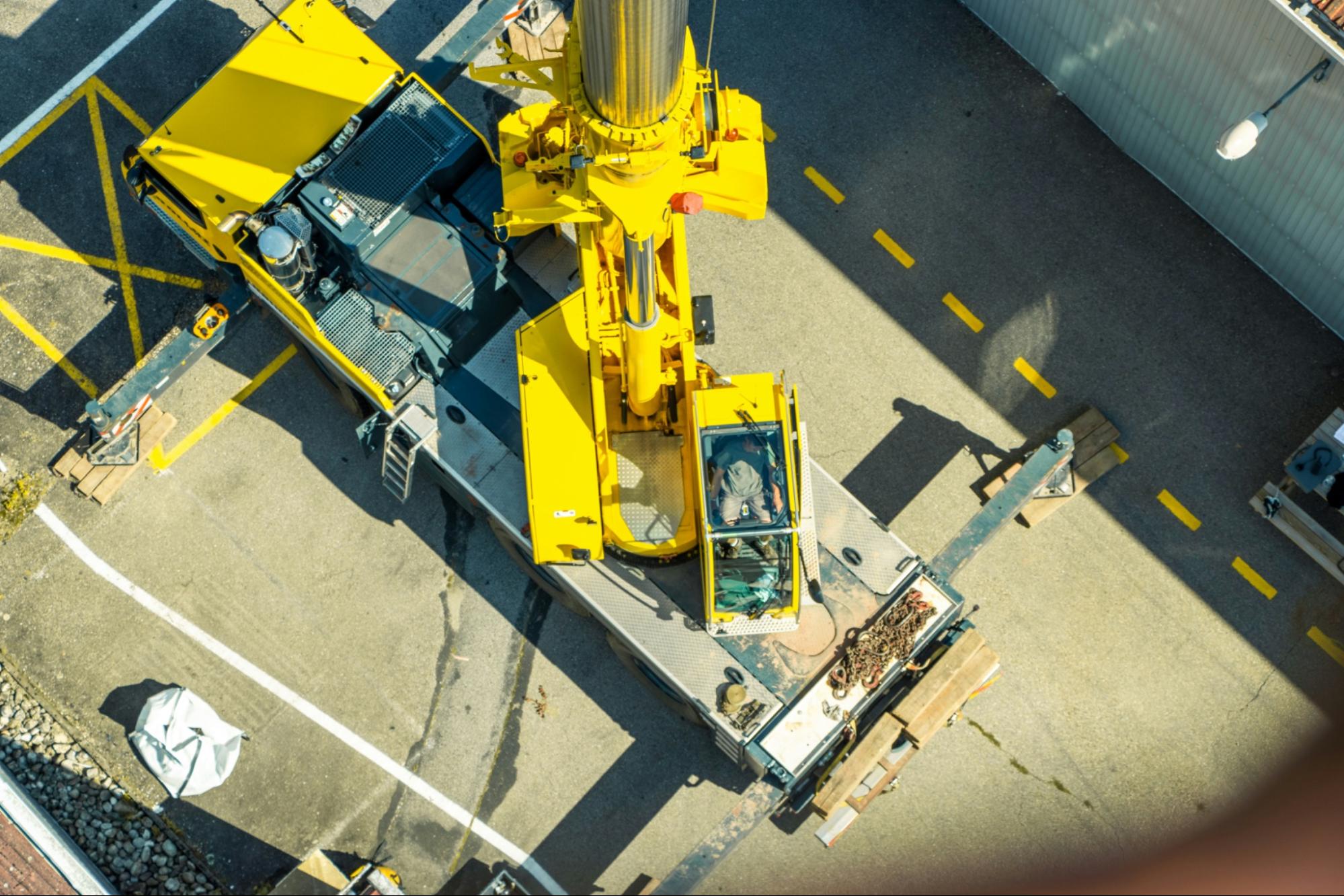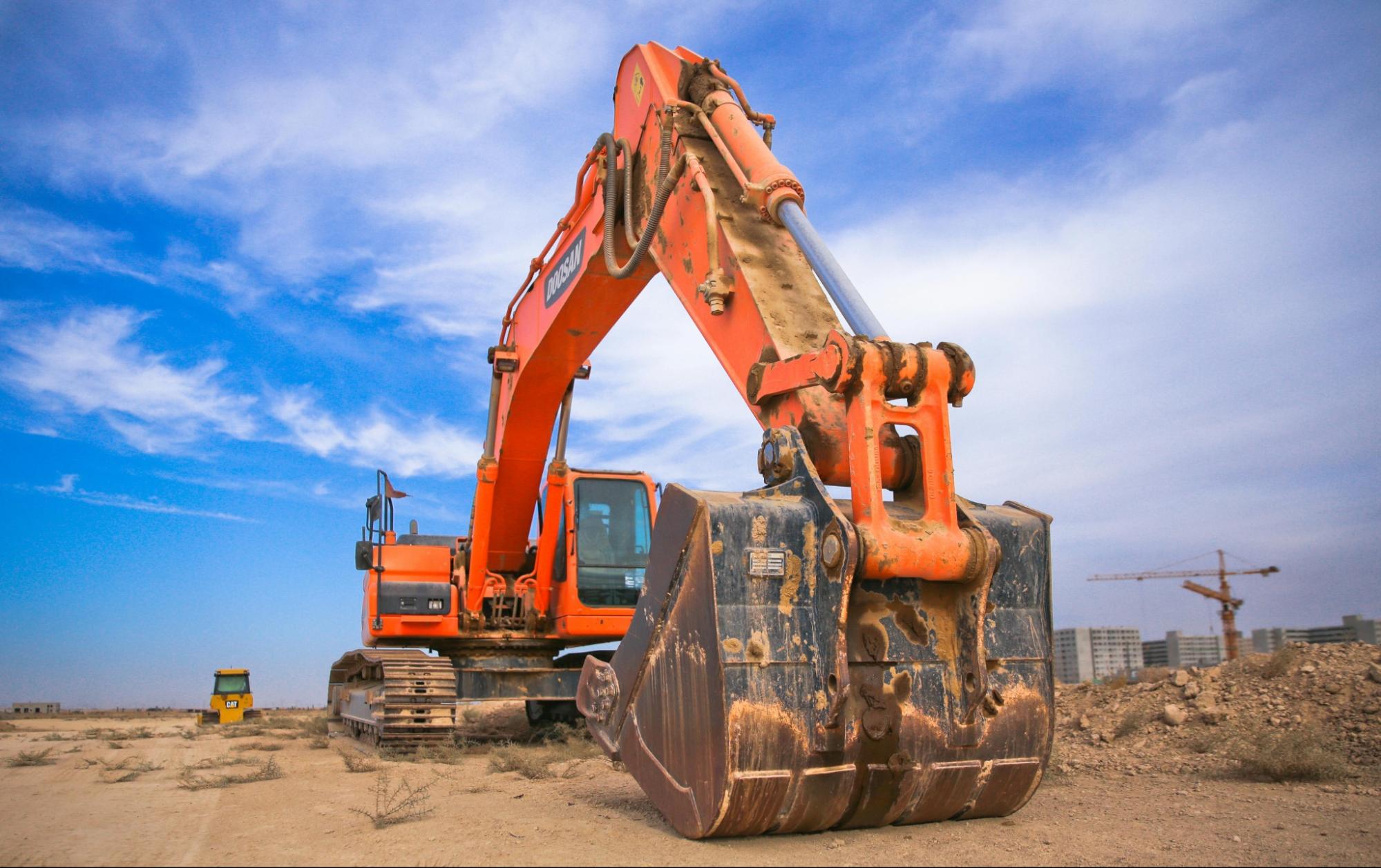lorem
- Cylinders, Inc
- Blog
Understanding Side Load in Hydraulic Cylinders: Damage, Detection, and Design Fixes
Understanding Side Load in Hydraulic Cylinders: Damage, Detection, and Design Fixes
In the world of hydraulics, side load is the quiet saboteur.
It’s the stress your cylinder was never meant to carry — but inevitably does. Over time, it twists rods, wears seals, scores barrels, and introduces a slow bleed of efficiency, uptime, and dollars.
At Cylinders, Inc., we’re regularly called in to rebuild, redesign, and rethink cylinder systems that failed under pressure — literally. And time after time, side load is often the root cause hiding behind the symptoms.
Let’s take a closer look at what side load is, the types of damage it can cause, and how today’s forward-thinking operations are engineering it out of their systems entirely.
What Is Side Load?
Hydraulic cylinders are engineered to generate linear force — straight, clean motion. But on the job site, real-world conditions aren’t so neat and tidy.
Side load refers to any force applied perpendicular to the axis of the piston rod. This force may come from misaligned mounts, uneven load distributions, external impacts, or flex in the structure the cylinder is mounted to.
The problem? Cylinders aren’t built to handle significant lateral pressure. When side load becomes a constant, the damage compounds — silently and quickly.
Why It Matters: The High Cost of Ignoring Side Load

If your operation is seeing premature cylinder wear, repeat rebuilds, or unexplained drift and leaks — it’s time to start looking sideways.
Common symptoms linked to side load include:
- Bent piston rods
- Worn rod bearings
- Barrel scoring
- Leaking rod seals
- Reduced stroke performance
- Rod misalignment and binding
These aren’t minor nuisances — they’re the early warning signs of system instability. And in many cases, the problem isn’t with the cylinder itself — it’s with how it’s being used.
Cylinder, Inc. Insight: We recently worked with a fleet director whose lift cylinders were failing after just 14 months in a high-load application. The OEM spec was sound. The installation looked clean. But when we examined the wear pattern on the rod and bushings, the culprit was clear: persistent side load from minor structural flex in the mount. The fix wasn’t a stronger cylinder — but a smarter design.
Where Side Load Enters the System
Understanding where side load originates is the first step toward eliminating it.
Here are 3 primary sources we see in the field:
- Mounting Misalignment
Even a few degrees of deviation between the rod axis and its intended path can introduce side loading. Fixed clevis or trunnion mounts that aren’t square or aren’t allowed to pivot can transmit lateral forces directly to the cylinder body. - Load Shift and Deflection
In cranes, lifts, booms, and heavy equipment, the forces on a cylinder change dynamically during operation. If the cylinder isn’t spec’d with these shifts in mind — or if the structure deflects under load — it can lead to significant side pressure over time. - Overextension or Under Spec’d Rod Diameter
Rod buckling or bending isn’t just a material problem; it’s often a geometry problem. Too much stroke with too little diameter creates instability under load, especially when the cylinder is fully extended.
The Financial Fallout

The blunt truth of all of this is that persistent side load doesn’t just kill cylinders, it eats budgets.
A cylinder failure in the field doesn’t just mean a broken part — it triggers a chain reaction. Unscheduled downtime leads to crews standing idle and project timelines slipping. This, in turn, can cause costly overruns, increased safety risks, and ultimately, missed revenue opportunities.
Cylinder, Inc. Insight: One operations lead we work with estimated that every hour of hydraulic-related downtime was costing their projects more than $8,000 in combined direct and indirect losses. A simple design adjustment that eliminated side loading on two critical cylinders paid for itself within the first six months.
Prevention always costs less than reaction. Especially when your margins depend on keeping equipment online and running smoothly.
How to Detect Side Load Before It Becomes Catastrophic
Most maintenance teams don’t diagnose side load directly — they diagnose its aftermath. But smart operators are now getting ahead of the curve.
Here’s how they’re doing it:
- Visual & Wear Pattern Inspection
A trained eye can spot the asymmetrical wear on rod bearings or seals that indicates a lateral load. Scoring on one side of the rod or barrel? That’s a red flag. - Precise Rod Measurement
Checking straightness along the rod using a dial gauge or laser tools can catch early-stage bending. You’re looking for deviation from the true center over the length of the stroke. - Data Logging & Load Sensors
Smart operations are integrating load cells and sensors into hydraulic systems to track real-world loading and identify overloading or misapplied force in real time.
At Cylinders, Inc., we are integrating diagnostics into our post-failure analysis — giving clients deeper insight into load behavior and guiding the intelligent redesign of future systems.
Engineering the Problem Out: Fixes That Work
Side load issues don’t always require starting from scratch. Many times, a system can be re-engineered or retrofitted to eliminate lateral stress.
Here are four proven fixes:
- Switch to Spherical Bearings
If your application involves angular movement or slight misalignment, spherical bearings can allow articulation and absorb minor lateral forces — thus reducing transmission to the cylinder itself. - Reevaluate Mounting Configurations
A pivot mount might serve better than a fixed clevis. A redesign to double-acting cylinders with load cushions may be more forgiving under dynamic loading conditions. - Increase Rod Diameter or Use Stop Tubes
A larger rod offers more resistance to buckling under compressive loads. Stop tubes can help shorten the effective stroke and mitigate bending over longer extensions. - Use Guiding Mechanisms
Where side loads are unavoidable, consider adding an external guide system (slides, bearings, or rails) to manage the lateral forces — leaving the cylinder to do only what it was designed to do: push and pull in a straight line.
How Leading Operations Stay Ahead

Hydraulic failures are predictable. That’s why the best-run construction and industrial operations are building cylinder health into their asset management strategies from the get-go.
At Cylinders, Inc., we’re not just rebuilding bent rods — we’re helping clients ask better questions: Where is the stress coming from? Is this component designed for real-world forces, not just spec-sheet loads? How can we prevent the next failure, not just patch the last one?
With our clients, we aren’t just fixing damage — we’re engineering future resilience.
Our Final Takeaway…
Side load may not be visible on the spec sheet. But in the field, it's a leading cause of cylinder failure, costly downtime, and long-term operational inefficiency.
For plant managers, fleet leads, and OEMs, the smartest move is to stop seeing cylinders as one-size-fits-all parts — and start seeing them as precision components that need to be engineered for real-world forces.
We work with teams across North America to solve side load before it becomes a liability — through smart design, component selection, and expert rebuild services tailored to high-demand applications.
Because the best hydraulic systems don’t just work — they last.
Recommended posts
%20(2)%20(1).webp)
%20(1).webp)
Contact
Request Your Cylinder Repair Today
Have a question about our pneumatic cylinder repairs? Contact Cylinders, Inc. to find out more about how our experts can help, or schedule your repair service today!